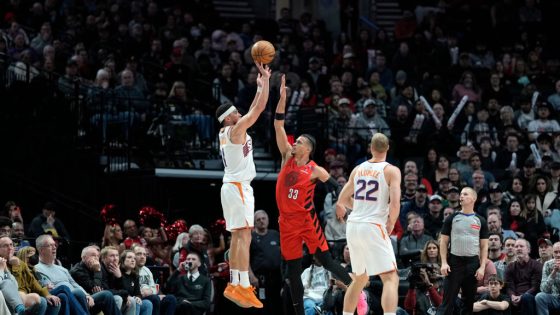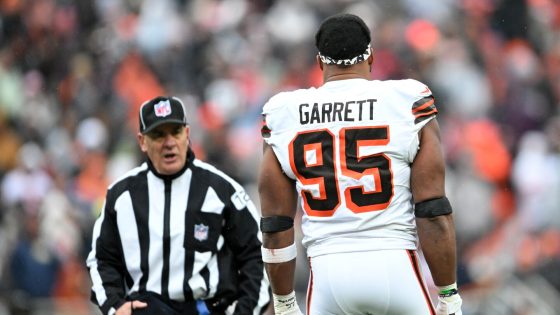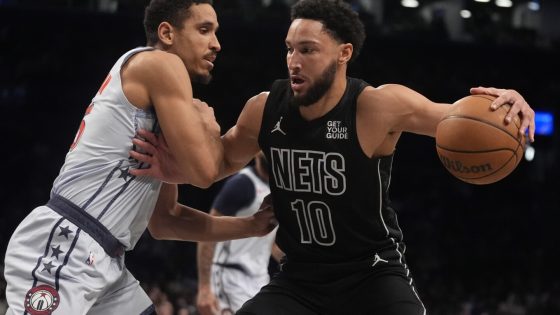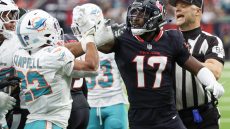On February 19, 2025, New York Mets owner Steve Cohen revealed that the team’s payroll has exceeded expectations this offseason. With a staggering $765 million contract for Juan Soto, the Mets are in uncharted financial territory. How will this impact their future spending and roster flexibility?
- Mets' payroll exceeds expectations for 2025.
- Cohen emphasizes need for minor league talent.
- Current luxury tax payroll around $330 million.
- Cohen aims to avoid "Cohen Tax" penalties.
- Dodgers have higher payroll and tax fees.
- Potential interest in Vladimir Guerrero Jr. next year.
New York Mets Exceed Payroll Expectations with Record Contracts
How did the Mets end up with such a high payroll? Owner Steve Cohen admitted that the team “blew through” its planned budget during a wild offseason. With a luxury tax payroll around $330 million, the Mets are poised to pay nearly $75 million in luxury tax fees. This raises questions about their financial strategy moving forward.
Impact of Luxury Tax on the Mets’ Future Spending
The Mets are facing significant luxury tax implications due to their spending. Cohen expressed a desire to get below the so-called “Cohen Tax,” which imposes a 110% tax on teams exceeding the luxury tax threshold by more than $60 million. This situation creates a delicate balance between winning now and maintaining roster flexibility.
Strategies for Building a Sustainable Roster
Cohen emphasized the importance of developing talent through the minor leagues to help manage payroll. This strategy could reduce reliance on expensive free agents in the future. Key points include:
- Investing in minor league talent to control costs.
- Avoiding too many long-term contracts to maintain flexibility.
- Monitoring luxury tax implications to reduce financial penalties.
- Exploring potential free-agent signings like Vladimir Guerrero Jr. next offseason.
Comparing Mets and Dodgers Payroll Strategies
The Mets are not alone in their spending habits. The Los Angeles Dodgers have a payroll that exceeds the Mets by about $60 million, with projected luxury tax fees over $140 million. Cohen acknowledged the Dodgers’ successful business model, which allows them to invest heavily in talent. This raises the question: can the Mets compete effectively in this financial landscape?
In conclusion, the New York Mets’ aggressive spending strategy this offseason has set the stage for a competitive 2025 season. However, the financial implications of their decisions will be closely watched as they aim for both immediate success and long-term sustainability.

































